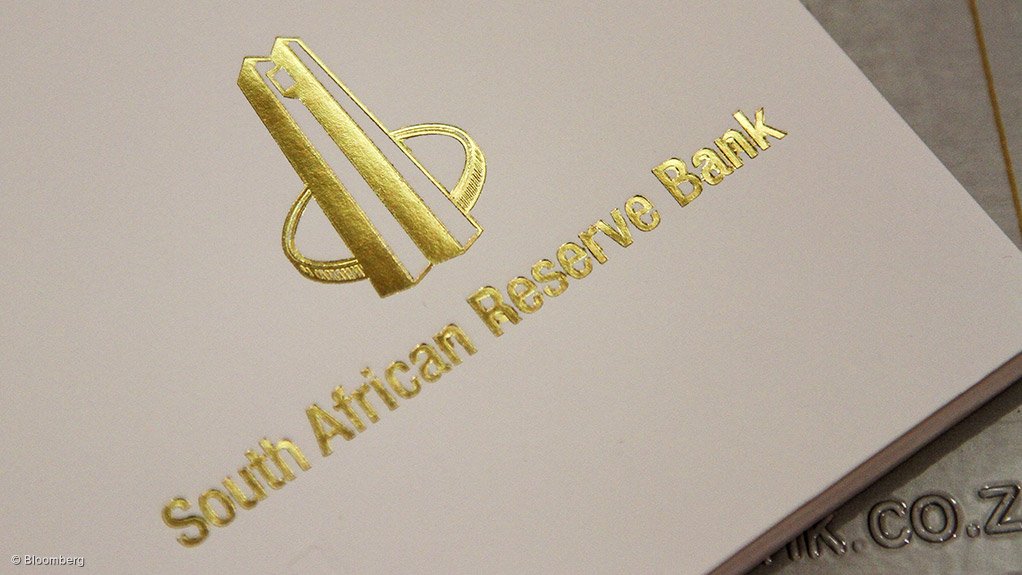South Africa risks a debt trap after years of lax budget discipline, but following through with plans for a fiscal rule to control borrowing will put it back on track, the central bank said.
The country’s annual debt-service costs have surged to a projected 18.4% of government spending in the current fiscal year from 8.6% in 2008-09, squeezing out expenditure on essential services and forcing the government to adopt what critics call an austerity budget to stabilise public debt.
The National Treasury has proposed a fiscal anchor to bolster investor confidence that South Africa will stick to its pledge to curb spending. But politicians including Finance Minister Enoch Godongwana have voiced reservations about handing control over public policy to non-elected technocrats.
Adopting a binding fiscal rule, coupled with reforms to galvanise the under-performing economy, “bodes well for South Africa’s goal of inclusive growth and stability in the fiscal framework,” the bank wrote in its September Quarterly Bulletin released on Tuesday.
Failing to act will have consequences. South Africa’s borrowing costs have risen by more than emerging market peers amid investor concerns about debt levels and stagnant growth, it said.
“Higher debt-service cost has also contributed to larger budget deficits, increasing the risk of falling into a debt trap,” the bank said.
South Africa’s current fiscal discipline is provided by running a primary budget surplus, where revenue exceeds non-interest expenditure. But the goal of keeping public debt stable isn’t a legal obligation.
EMAIL THIS ARTICLE SAVE THIS ARTICLE FEEDBACK
To subscribe email subscriptions@creamermedia.co.za or click here
To advertise email advertising@creamermedia.co.za or click here











